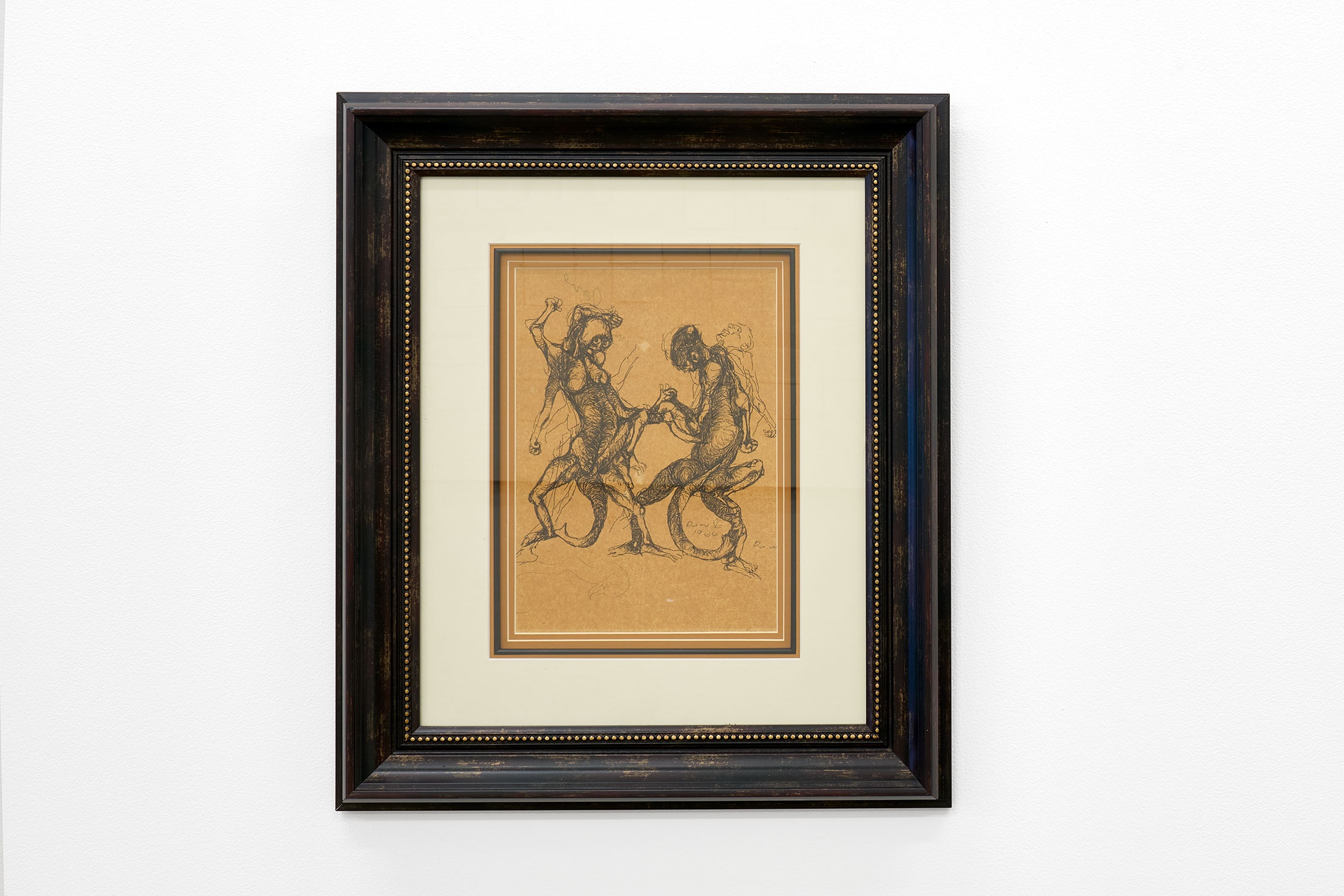Dumile Feni

b.1942, Worcester; d.1991, New York
The late Dumile Feni’s drawings, prints and sculptures are dark reflections of impoverished life under apartheid rule. Given the ambiguous epithet of ‘Goya of the townships,’ Feni's images spoke not only to the suffering particular to South African informal settlements but to a more universal theme of human failings and cruelty. His work, however, is not uniformly bleak – there are moments of pleasure, though quiet; moments of filial love and erotic lust. Recalling the urgent poignancy of his work, the artist and activist Bill Ainslie wrote: “Feni took the raw material of his life in Soweto…and translated it into work in a manner which revealed a capacity to face unflinchingly the most frightening extremities of human desperation and cruelty without spilling over into sentimentality or overblown expressionism… I have not found anybody equal the ferocity and compassion of his work."
Feni’s growing popularity in the tumultuous decade of the 60s was an uncertain blessing. In 1968, increasingly threatened by the security police, and unable to obtain the papers to allow him to live and work in Johannesburg, Feni went into voluntary exile in London. A decade later, he moved to America. While he enjoyed success and recognition as a visionary artist, he died destitute, having spent the last year of his life sleeping in New York subways. The spectre of poverty, which had so marked his youth, continued to haunt Feni throughout his career.
